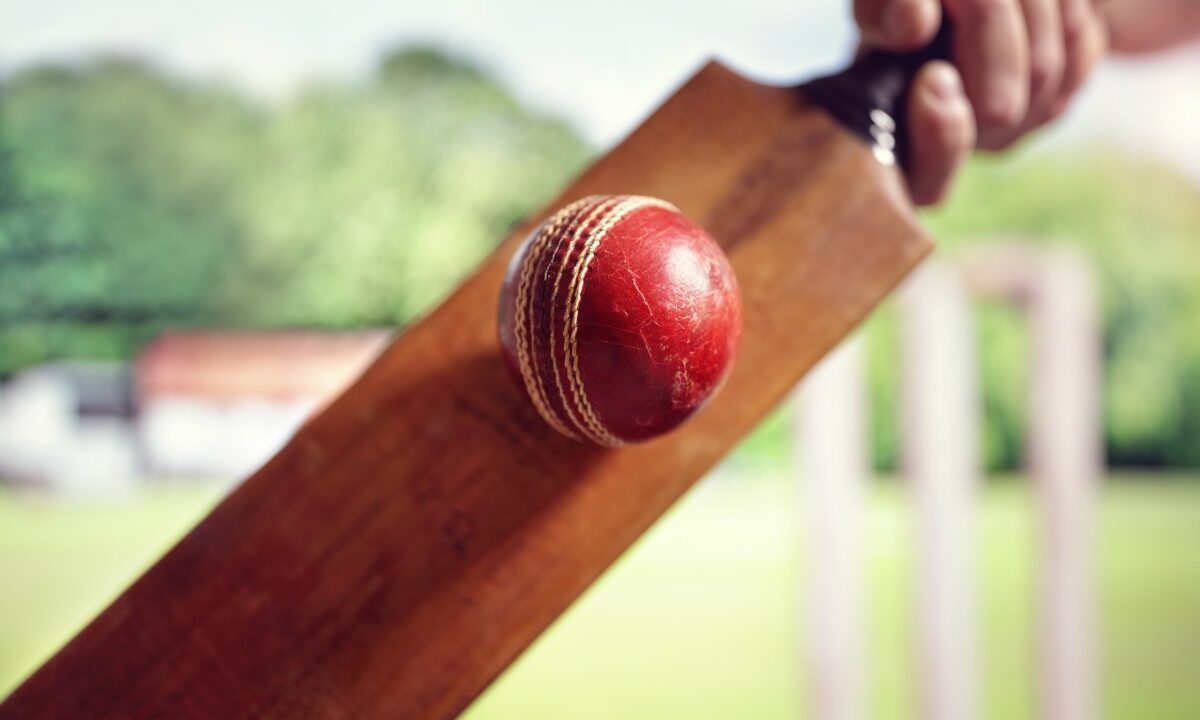A brand-new cricket bat can be your best weapon on the field—if prepared properly. But before it hits the pitch, it needs to be “knocked in.” Knocking in a bat is the process of compressing and conditioning the willow to prepare it for real match play. Without this essential step, your new bat is vulnerable to damage, like cracks or dents, even from the first delivery.
In this step-by-step guide, we’ll break down everything you need to know about how to knock in a new cricket bat, why it’s important, and how to do it the right way—whether you’re using an English willow or Kashmir willow bat.
What Is Knocking In a Cricket Bat?
Knocking in is the process of hardening the surface of a cricket bat by striking it with a special wooden mallet or an old cricket ball. This strengthens the willow fibers and helps prevent the bat from getting damaged when facing high-speed deliveries.
The purpose of knocking in is twofold:
- To protect the bat from cracking or splitting.
- To improve performance by preparing the sweet spot for powerful shots.
Even pre-knocked or “ready to play” bats usually need additional knocking in before full match use.
Why Is Knocking In Important?
- Prevents damage: Without proper knocking in, the bat can crack from even moderate use.
- Improves performance: It helps the bat deliver better power and ping on the ball.
- Extends bat life: A well-prepared bat lasts longer and stays in good shape.
Skipping this step can lead to serious damage that may not be covered by warranties. So, investing time in knocking in your bat is well worth the effort.
What You’ll Need
To knock in your bat, you’ll need the following items:
- A cricket bat mallet (preferably with a ball-shaped head)
- Raw linseed oil (for natural willow bats)
- A soft cloth for oil application
- A cricket ball (optional, for soft knocking and practice)
- Optional: Toe guard and anti-scuff sheet for extra protection
Step-by-Step Guide to Knocking In Your Cricket Bat
Step 1: Apply Linseed Oil
Before knocking in, the bat needs to be oiled to condition the willow and prevent it from drying out.
How to do it:
- Use raw linseed oil only—not synthetic oils.
- Apply a thin layer of oil on the face, edges, toe, and back (but not the splice or handle).
- Use a soft cloth to rub the oil evenly.
- Let the bat rest horizontally for 12–24 hours in a cool, dry place.
Note: Don’t over-oil. Too much oil can make the bat heavy or soften the wood too much.
Step 2: Repeat Oiling (Optional)
If the bat looks very dry, you can apply one more coat of oil after the first one has absorbed. Let it dry again for 24 hours.
You don’t need more than 2 coats total for most new bats.
Step 3: Start Knocking In – Edges and Toe
Start gently knocking the bat using the wooden mallet. Begin with the edges and toe area as these parts are most vulnerable.
How to do it:
- Hold the bat firmly or place it on a padded surface.
- Use the rounded end of the mallet to tap gently along the edges and toe.
- Do not hit directly on the edge—strike at a 45-degree angle.
- Continue this for about 30 minutes, gradually increasing the force.
This helps round off the edges and prepare the bat to face off-center deliveries.
Step 4: Knock the Face (Main Hitting Area)
After the edges and toe are slightly compressed, begin working on the face of the bat. This is where most of your runs will come from.
How to do it:
- Use consistent, firm taps across the entire face—especially the sweet spot.
- Avoid the splice (handle joint) and upper part of the blade.
- Spend 2–3 hours over several sessions for proper conditioning.
- Rotate the bat to work on all areas equally.
This phase prepares the sweet spot to deliver powerful strokes and absorb ball impact.
Step 5: Increase Force Gradually
Once the surface looks smooth and feels slightly compressed, begin applying firmer knocks.
How to do it:
- Strike harder on the sweet spot and mid-blade.
- Continue for another 2–3 hours in sessions.
- Tap until you hear a solid sound and notice a visible change in the bat surface—it should look slightly worn-in but not damaged.
Step 6: Use a Cricket Ball for Practice
Now that the bat is partially knocked in, it’s time to test it.
How to do it:
- Use old cricket balls to gently throw down or drop on the face.
- Observe if any dents or marks appear.
- If they do, continue knocking in those areas until the bat becomes fully conditioned.
Avoid using new balls or nets too early—this step is still part of preparation.
Step 7: Match Ready (After 6–8 Hours Total)
After 6–8 hours of total knocking in:
- The bat should have a smooth, compressed surface.
- It should feel solid and not dent easily.
- You can now take it to net sessions (with older balls first).
- If the bat holds up well, it’s ready for competitive matches.
Bonus Tips for Bat Care
- Store the bat in a cool, dry place (not in extreme temperatures).
- Avoid using it against very hard balls initially.
- Re-oil your bat every few months if it looks dry.
- Use an anti-scuff sheet or fiber tape for extra protection on the face.
Common Mistakes to Avoid
- Skipping the knocking-in process entirely
- Using a new ball too early
- Applying too much oil
- Not focusing on edges and toe
- Over-knocking and damaging the bat
Final Thoughts
Knocking in your cricket bat is one of the most important steps before match use. It takes time, patience, and care—but the reward is a longer-lasting bat with better performance on the pitch.
Whether you’re a beginner, club-level player, or aspiring pro, this process is essential to protect your investment and enjoy powerful, safe, and consistent strokes from day one.
So don’t rush it—follow these steps, and you’ll have a bat that’s truly match-ready and built to perform!




